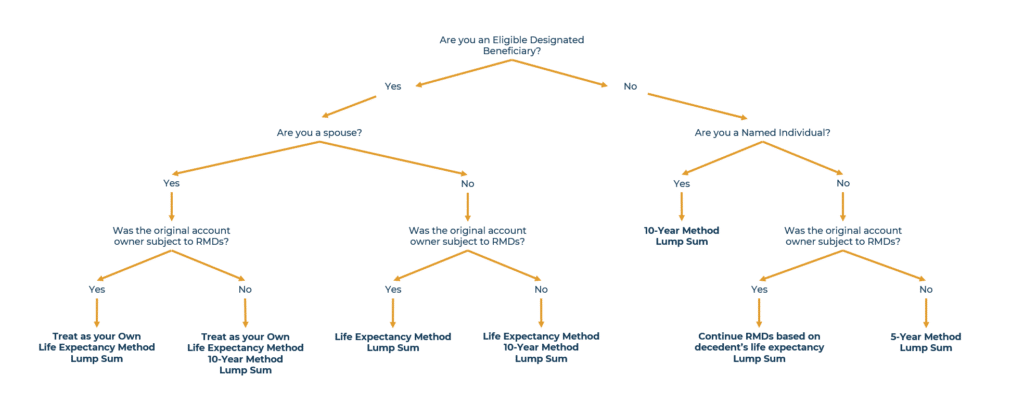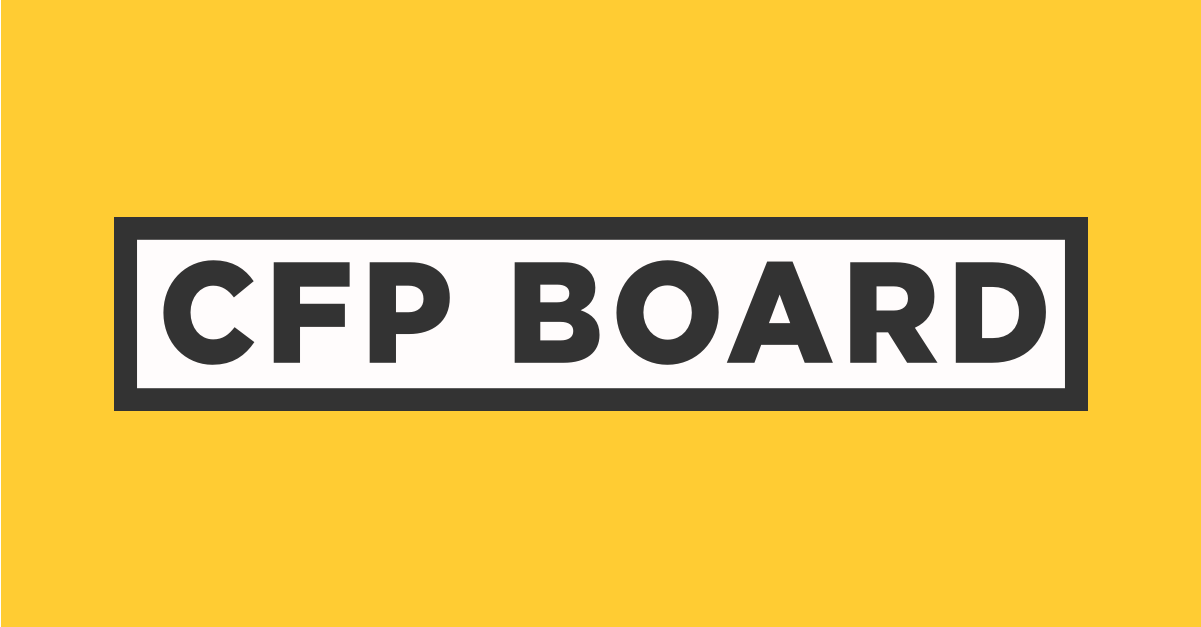
A retirement calculator can be used to calculate your retirement savings. Simply enter your pretax income, which is your annual salary before taxes, and your current savings. If you haven’t yet started saving, you can simply enter zero. Other than that, you can enter how much you want to contribute towards your retirement plan. Using a retirement calculator can help you reach your goals and plan for retirement.
The U.S. has lost favor with pension plans
Many pension plans have low funding and will need cash infusions in order to survive. Many companies spend their retirement money on 401(k), rather than pensions. This has resulted in the demise of pension plans. Fortunately, a new federal law gives companies an out. Annuity plans can be bought by insurance companies and offered to employees as a lump sum. This is called "de-risking" in the insurance industry and has become more popular since its passage in 2006.
Most workers don't stay around long enough for traditional pension plans to be of benefit. A pension can only be considered valuable after decades of continuous employment. Many large companies cannot compete with their rivals if they can't match their retirement-benefit cost. Large employers have found it difficult to offer pensions due to low interest rates and volatile stock markets. For these reasons, many employers are abandoning pensions and shifting the risk to their employees.

Retirement savings
Saving for retirement is relatively easy if you start early. Compounded returns are the earnings you earn from investments. These earnings are then reinvested to create more earnings. Compared to investing in the stock market, compounding returns will give you a much larger benefit over the course of decades.
Opening a 401k account through your employer is one popular way to save money for retirement. You can set up an automatic account that automatically invests a portion of your salary. Your employer may match this amount, giving you money to invest in your retirement. You can choose from two types of traditional 401(k), plans: Roth or traditional.
Using a retirement calculator
A retirement calculator is a great tool to help you increase your savings as well as investment returns. However, it is best to use it sparingly. The best models allow you to design your financial plan. These include projected income sources, portfolio size, as well as the sale of large assets. You can experiment with different assumptions like inflation or investment performance by using this tool. Once you have entered the necessary information, the calculator will work out how much money you should save and invest.
The retirement calculator will allow you to estimate the amount you will need to retire. Assume that you will need 70 percent to retire on your current income. The calculator will give you a rough idea of what you should expect to spend each month on retirement. If you want to reduce your monthly spending, you can try downsizing or paying off your mortgage.

Use a retirement plan
A retirement planner can be a great way of saving for the future. Pre-tax contributions can go towards a qualified retirement plan. The funds will grow tax-deferred up to the time you retire. Most planning tools assume the same rate for return on savings each year. But, if you have an inheritance or windfall, you can use the money from your savings to compensate the difference.
To create a detailed financial picture of the future, you can also consult a financial advisor. A planner can help you estimate how much you will need before retirement, as well as how your savings and income will compare. An excellent retirement plan will include insurance products like lifetime annuities and pensions.
FAQ
What are the benefits to wealth management?
The main benefit of wealth management is that you have access to financial services at any time. Saving for your future doesn't require you to wait until retirement. It's also an option if you need to save money for a rainy or uncertain day.
There are many ways you can put your savings to work for your best interests.
You could invest your money in bonds or shares to make interest. You can also purchase property to increase your income.
You can use a wealth manager to look after your money. This means you won't have to worry about ensuring your investments are safe.
Why it is important to manage your wealth?
The first step toward financial freedom is to take control of your money. You need to understand how much you have, what it costs, and where it goes.
You must also assess your financial situation to see if you are saving enough money for retirement, paying down debts, and creating an emergency fund.
If you do not follow this advice, you might end up spending all your savings for unplanned expenses such unexpected medical bills and car repair costs.
What are the Different Types of Investments that Can Be Used to Build Wealth?
There are many types of investments that can be used to build wealth. Here are some examples.
-
Stocks & Bonds
-
Mutual Funds
-
Real Estate
-
Gold
-
Other Assets
Each one has its pros and cons. For example, stocks and bonds are easy to understand and manage. They can fluctuate in price over time and need active management. Real estate, on the other hand tends to retain its value better that other assets like gold or mutual funds.
Finding something that works for your needs is the most important thing. You need to understand your risk tolerance, income requirements, and investment goals in order to choose the best investment.
Once you have made your decision on the type of asset that you wish to invest in, it is time to talk to a wealth management professional or financial planner to help you choose the right one.
How to Select an Investment Advisor
The process of choosing an investment advisor is similar that selecting a financial planer. You should consider two factors: fees and experience.
This refers to the experience of the advisor over the years.
Fees refer to the costs of the service. These fees should be compared with the potential returns.
It's crucial to find a qualified advisor who is able to understand your situation and recommend a package that will work for you.
Where To Start Your Search For A Wealth Management Service
You should look for a service that can manage wealth.
-
A proven track record
-
Is the company based locally
-
Offers complimentary initial consultations
-
Provides ongoing support
-
Has a clear fee structure
-
Excellent reputation
-
It is simple to contact
-
Support available 24/7
-
A variety of products are available
-
Low fees
-
Does not charge hidden fees
-
Doesn't require large upfront deposits
-
You should have a clear plan to manage your finances
-
Transparent approach to managing money
-
Allows you to easily ask questions
-
A solid understanding of your current situation
-
Understanding your goals and objectives
-
Is willing to work with you regularly
-
You can get the work done within your budget
-
Good knowledge of the local markets
-
Are you willing to give advice about how to improve your portfolio?
-
Is willing to help you set realistic expectations
Statistics
- If you are working with a private firm owned by an advisor, any advisory fees (generally around 1%) would go to the advisor. (nerdwallet.com)
- Newer, fully-automated Roboadvisor platforms intended as wealth management tools for ordinary individuals often charge far less than 1% per year of AUM and come with low minimum account balances to get started. (investopedia.com)
- As of 2020, it is estimated that the wealth management industry had an AUM of upwards of $112 trillion globally. (investopedia.com)
- These rates generally reside somewhere around 1% of AUM annually, though rates usually drop as you invest more with the firm. (yahoo.com)
External Links
How To
How To Invest Your Savings To Make Money
You can earn returns on your capital by investing your savings into various types of investments like stock market, mutual fund, bonds, bonds, real property, commodities, gold and other assets. This is known as investing. You should understand that investing does NOT guarantee a profit, but increases your chances to earn profits. There are many ways to invest your savings. These include stocks, mutual fund, gold, commodities, realestate, bonds, stocks, and ETFs (Exchange Traded Funds). These methods are discussed below:
Stock Market
Because you can buy shares of companies that offer products or services similar to your own, the stock market is a popular way to invest your savings. The stock market also provides diversification, which can help protect you against financial loss. You can, for instance, sell shares in an oil company to buy shares in one that makes other products.
Mutual Fund
A mutual fund is a pool of money invested by many individuals or institutions in securities. These mutual funds are professionally managed pools that contain equity, debt, and hybrid securities. A mutual fund's investment objectives are often determined by the board of directors.
Gold
Gold is a valuable asset that can hold its value over time. It is also considered a safe haven for economic uncertainty. It is also used as a form of currency in some countries. In recent years, gold prices have risen significantly due to increased demand from investors seeking shelter from inflation. The supply and demand fundamentals determine the price of gold.
Real Estate
Real estate includes land and buildings. You own all rights and property when you purchase real estate. For additional income, you can rent out a portion of your home. You may use the home as collateral for loans. The home may also be used to obtain tax benefits. Before buying any type property, it is important to consider the following things: location, condition and age.
Commodity
Commodities are raw materials like metals, grains, and agricultural goods. Commodity-related investments will increase in value as these commodities rise in price. Investors who want capital to capitalize on this trend will need to be able to analyse charts and graphs, spot trends, and decide the best entry point for their portfolios.
Bonds
BONDS can be used to make loans to corporations or governments. A bond is a loan that both parties agree to repay at a specified date. In exchange for interest payments, the principal is paid back. When interest rates drop, bond prices rise and vice versa. A bond is purchased by an investor to generate interest while the borrower waits to repay the principal.
Stocks
STOCKS INVOLVE SHARES OF OWNERSHIP IN A COMMUNITY. Shares represent a small fraction of ownership in businesses. Shareholders are those who own 100 shares of XYZ Corp. You will also receive dividends if the company makes profit. Dividends are cash distributions paid out to shareholders.
ETFs
An Exchange Traded Fund or ETF is a security, which tracks an index that includes stocks, bonds and currencies as well as commodities and other asset types. Unlike traditional mutual funds, ETFs trade like stocks on public exchanges. The iShares Core S&P 500 (NYSEARCA - SPY) ETF is designed to track performance of Standard & Poor’s 500 Index. Your portfolio will automatically reflect the performance S&P 500 if SPY shares are purchased.
Venture Capital
Venture capital is private funding that venture capitalists provide to entrepreneurs in order to help them start new companies. Venture capitalists can provide funding for startups that have very little revenue or are at risk of going bankrupt. They invest in early stage companies, such those just starting out, and are often very profitable.